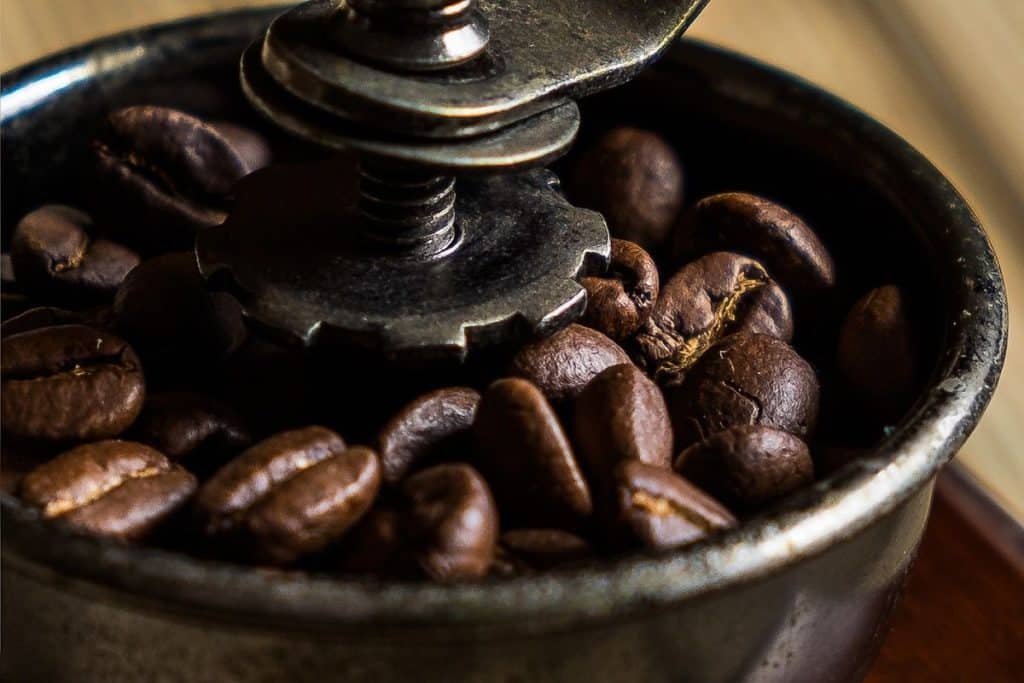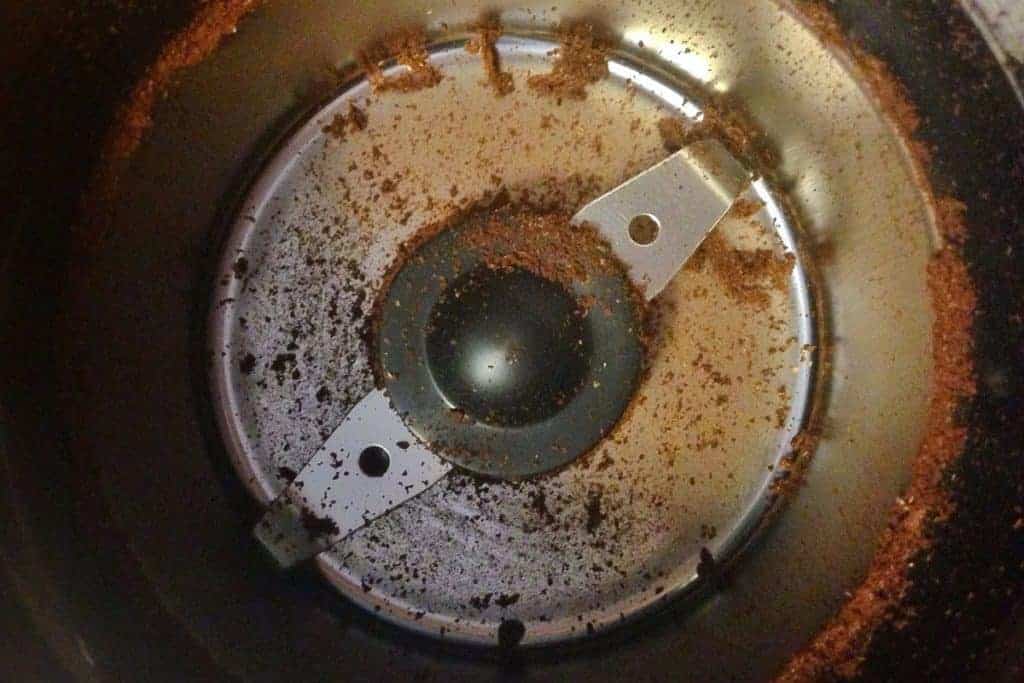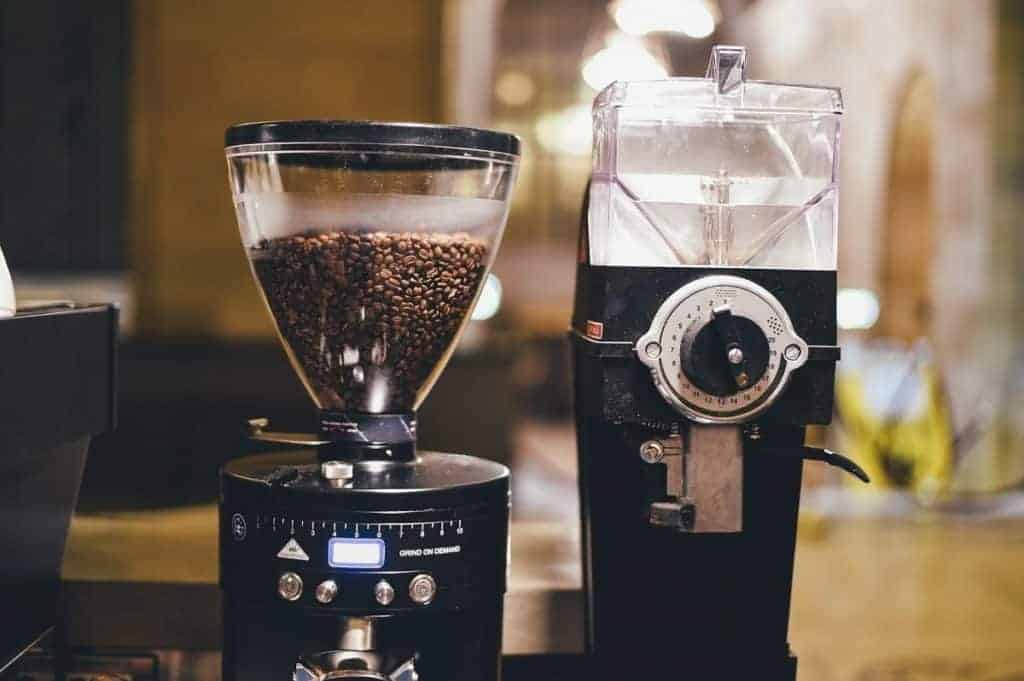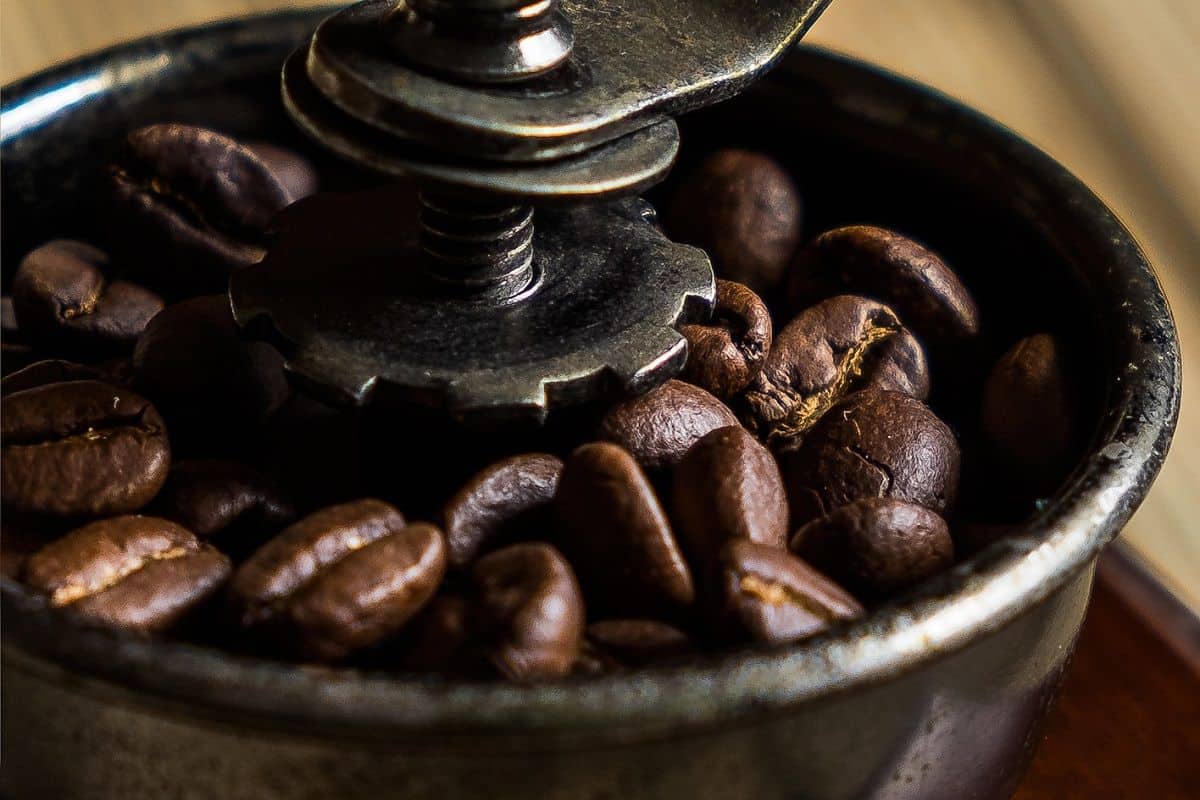
So, you’ve got the best coffee beans in Singapore and you are ready to make your cuppa?
But what if you’re missing out on the wonderful tasting notes you enjoy so much simply because you didn’t grind your coffee beans properly?
That would be tragic.
If you are googling on the types of coffee grinders to use, here is a list of pros and cons of the commonly used grinders for your coffee beans.
1. Blade Grinders

These are pretty common in most homes these days. Basically, it’s two sharp blades spinning and cutting your coffee beans into bits.
Pros
Blade grinders are relatively affordable.
If you love brewing coffee using French Press or Cold Brew method, using the blade grinder will do the trick since you dont need fine grind. Most also come in relatively small sizes to carry with you on vacation or put away in the drawer.
Find this Article Useful?
Like our Page to receive notifications on interesting articles such as this.
Cons
If you’ve used one of these before, you know it cuts really coarse grains. In fact, getting it to reach a medium to finer grain is virtually impossible. It is also very difficult to achieve a uniform grain size as well. For any style espresso, this makes for an under-extracted coffee that will leave you a sour cup of coffee.
2. Flat Burr Grinders

Flat burr grinders make uses of two rotating side gears or ‘burrs’ to grind the coffee beans. It is perfect for home baristas who want precise grain size to brew their coffee.
Pros
With two burrs that lie flat against each other, flat burr grinders chew away at a constant speed, producing a very consistent grain size. It’s also adjustable. No matter what grain size you need, rough, medium, fine granulate or anywhere in between, you will have it every time.
Cons
To keep a high-quality and consistent grain size, you need to stay on top of cleaning. Every time you grind your coffee beans, it leaves a small residue left-over from the oils in the beans. Hence, neglecting to clean it means your coffee will change and you lose some flavor profiles. Important: Cleaning should be done only with a brush.
Due to its design, significant ground coffee leftovers are often trapped in the burrs. This also means you might be wasting a little more coffee beans than needed when you grind your beans.
3. Conical Burr Grinders

The holy grail of coffee grinders.
It too uses gears to grind coffee beans but unlike a flat burr grinder, it has a cone or pyramid shape
Pros
The result gives you much more precise control in speed and grind size. On top of that, conical burr grinders allows you to grind a much finer granulate than a flat burr grinder.
It makes all the difference if you enjoy drinking Greek/Turkish coffee where the grind has to be super fine – and it won’t leave you disappointed on anything from French Press to Espresso either.
Cone-shape burrs also have less essential oils and residue – since the coffee moves down a cylinder rather than being pushed through holes in the side like a flat burr grinder. Less residues means less cleaning needed.
On top of it, in case you need to clean the burrs, most cones pop right off giving you straight access to the grinder for a quick clean .
Cons
Aside from its higher price tag, high-speed conical burr grinders can be noisy as well. That is why it is commonly used in cafes and coffee shops instead of homes.
Grinding your coffee really fast also means generating heat. This is not ideal since heating draws out those beautiful flavors – you want that to happen during extraction, not before. Hence, we dont recommending running them at full speed. In fact, the best ones are completely capable of grinding beans at low speeds that don’t mess with the tasting notes.
4. Hand Grinders

Most of the hand grinders uses burrs to grind coffee beans. Many home baristas enjoy the “hands-on” appeal of a hand grinder and it is a perfect portable grinder for camping and overseas trips.
Pros
Aside from its ‘hands-on’ appeal, hand grinders grind at a slower pace, preventing the beans from overheating during the grinding process.
It is also relatively affordable and is a portable grinder on the go.
Cons
In addition to the labour intensive grinding, you need to put in quite a bit more effort when taking them apart to clean them. It is more difficult to clean if you are using a traditional wooden hand grinder as wood almost always absorbs a lot of the granulate.
Compared to automatic ones, it’s also less consistent in grain-size – that’s the tradeoff for beauty.
Moments of Thought
If you care deeply about your coffee, we recommend getting a burr grinder. Price, size, and functionality vary so you wanna consider your needs before finding one.
Hopefully, with a good grinder, you will be able to learn how to make a good cup of coffee. What type of coffee grinder are you using? Be sure to let us know in the comment section below.
